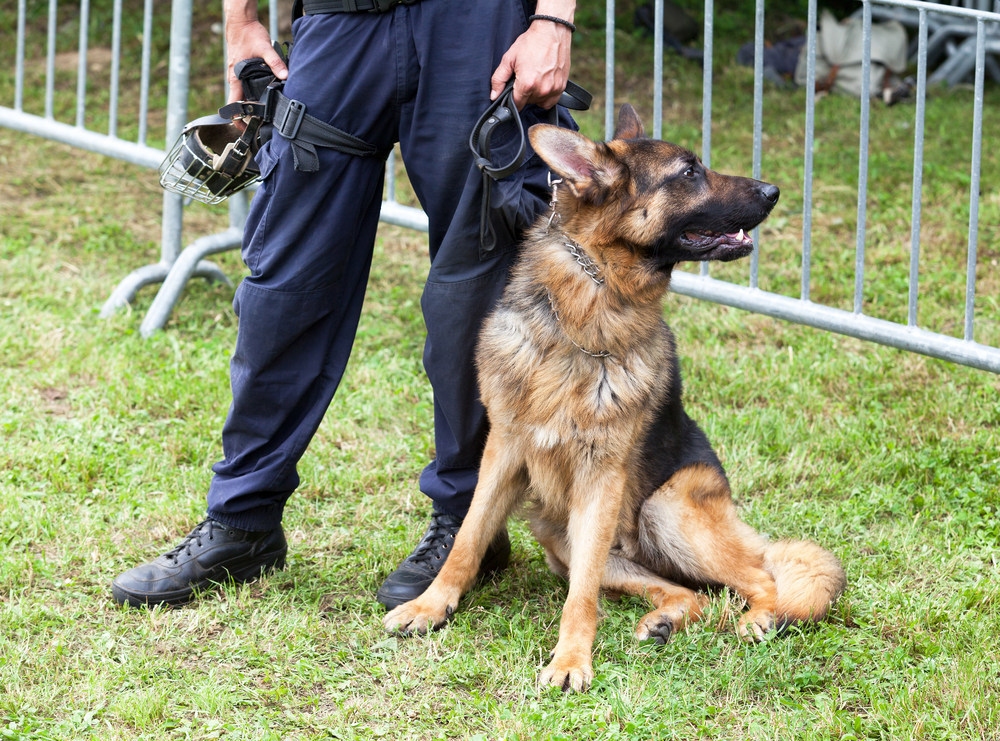(American Veterinary Medical Association)
Dogs have been serving in the U.S. military for more than 100 years, but it is less than a decade ago that their combat-related behavioral issues had a name: Canine Post-Traumatic Stress Disorder (C-PTSD). “We began identifying more and more afflicted dogs, at the height of wars in Iraq and Afghanistan,” said Chief of Behavioral Medicine and Military Working Dog Studies at Lackland Air Force Base, Dr. Burghardt.
“These dogs were failing in service; they were unable to do something they were trained to do and had always done successfully.”
The U.S. Army Veterinary Corps sponsored a meeting in 2010 that drew expertise in both human and veterinary medicine. The panel concluded that there was a sizeable increase in MWD with performance failure and behavioral problems in combat environments. As a result, the Corps adopted the working diagnosis of C-PTSD to identify affected dogs.
“Dogs with C-PTSD show definite signs of distress,” said Dr. Burghardt. “We’ll observe things like overreaction to noise, a change in response to the handler or attempts to escape or avoid a situation.” It is estimated that 5 percent of MWD deployed are affected, with dogs that specialize solely in explosive detection at greater risk compared with those dual-purpose trained, such as those employed in substance detection along with controlled aggression (to bite and hold a person on command).
“Above all, the fundamental goal is to keep everyone safe,” explained Dr. Burghardt. “If we have a dog with a transient response to a combat situation, we’ll pull him out for a short period of time so he can be evaluated and managed. If the behavior worsens, we’ll need to provide more definitive treatment.”
Treatment includes:
- Exercise
- Practice work skills
- Social interaction in a quieter environment
- Medications
If, after several weeks of in-theater care, a dog is still showing signs of distress, it will be evacuated and returned to home base for longer-term follow up, desensitization and counter-conditioning. The therapy is carried out in a setting similar to that which triggers the problem behavior. In addition, different medications may be administered, such as anti-depressants. This phase is limited to four months, after which non-responsive dogs will be transferred to other duties or retired through adoption.
Without intensive treatment, less than 25 percent of dogs remain in service. With a care plan, at least 50 percent of treated dogs are able to remain on duty.
“It’s a good outcome,” said Dr. Burghardt.
“The key is early identification. The quicker we can get a dog out of stress, the more successful we will be in our treatment.”


